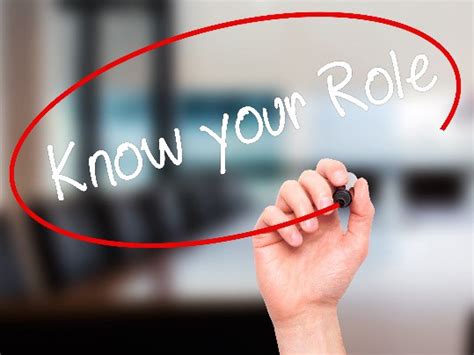The Future of Learning: How Revives Education with Cryptoracks
In recent years, cryptocurrencies, such as bitcoin and Ethereum, have been widely recognized as a power to count. However, their potential applications go far beyond the realm of finance. The blockchain technology, which is based on these digital currencies, was attracted to various industries, including education. One area where the blockchain has a significant impact on improvement of educational experience.
The traditional model: centralized and limited
In traditional schools, students often have to buy textbooks or pay for expensive software subscriptions. This model can limit those who do not have a financial means to allow these resources. In addition, the centralized nature of this model can lead to a lack of personalized learning experience.
Solution of the blockchain: decentralized and democratized
Blockchain technology offers a decentralized alternative where data is stored on multiple nodes (computers) rather than one central location. This allows for safe, transparent and cancer storage of educational content. In addition, blockchain-based platforms allow peer-to-peer learning, and promote community-driven and cooperation environment.
How Blockchain improves education
- Digital literacy
: Blockchain-based E-learning tools offer students the opportunity to analyze digital literacy skills such as coding, programming and data.
- Personalized Learning

: By exploiting the decentralized nature of Blockchain, trainers can create customized learning routes for all students based on their strengths, weaknesses and interests.
- Transparent accountability : Blockchain-based systems ensure that students’ progress is followed in an accurate and transparent way, promoting accountability and reducing the risk of fraud or plagism.
- Cooperative Learning : Online platforms can make Blockchain easier to make Peer-to-Peer cooperation, allowing students to work together and share knowledge.
Real examples:
- Coursera Blockchain-based learning platform : Coursra has developed a blockchain-based platform that allows students to access online courses without paying for each module.
2.
Challenges and opportunities
Although blockchain education is exciting, there are also challenges that need to be solved:
- Regulatory Frames : Governments and regulatory bodies must create clear guidelines and standards to use Blockchain technology in education.
- Scalability : Blockchain-based systems require significant calculation performance and storage, which may limit the scalability of large-scale educational platforms.
- Safety : Providing the security of blockchain-based learning data is crucial as this directly affects students’ privacy and trust.
Conclusion
The role of blockchain in education develops rapidly, with many promising applications on the horizon. By exploiting decentralized technologies, both trainers and students alike can create more personalized, transparent and cooperation learning experiences. It is essential to manage the challenges related to blockchain acceptance and to develop robust regulatory frameworks.
Recommended resources
- Coursra: Blockchain-based learning platform
- Kadenze: Blockchain-based education
- Ethereum: Creator of Bitcoin
- Blockchain Association: Industrial Guide to Block Chain in Education
By grasping the potential of blockchain, we can revolutionize the way you learn and transfer knowledge.

